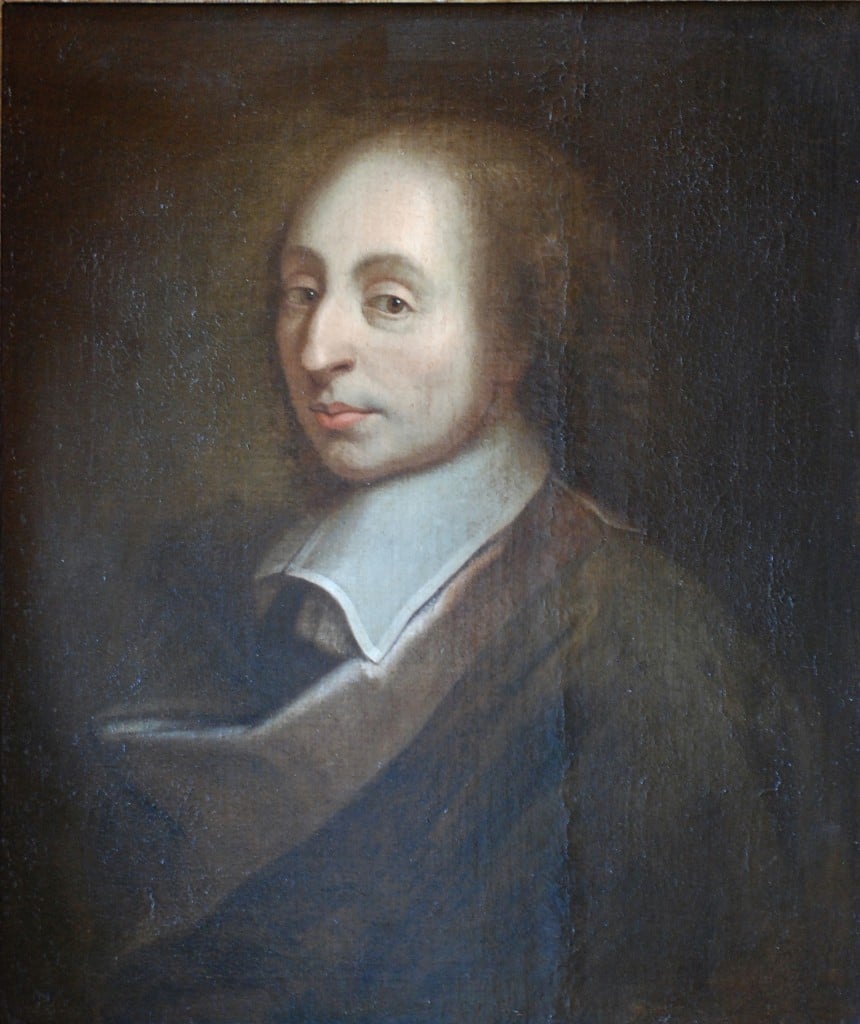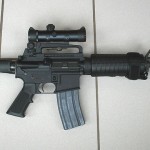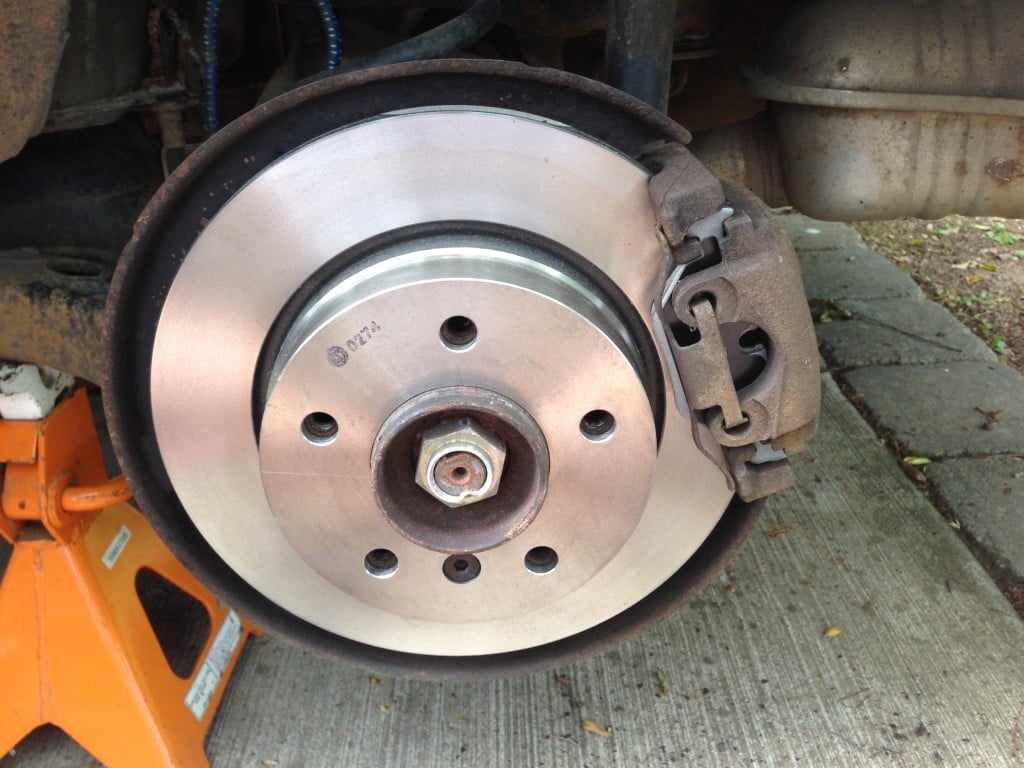…rolls of the presses of The Irish Times. Writing therein, Rosita Boland teases out more truth from the story by interviewing Catherine Corless, the local historian whose patient, self-funded, efforts to commemorate these children’s memories, got unwittingly added to the spin-cycle part of the news.
‘I never used that word ‘dumped’,” Catherine Corless, a local historian in Co Galway, tells The Irish Times. “I never said to anyone that 800 bodies were dumped in a septic tank. That did not come from me at any point. They are not my words.”
The story that emerged from her work was reported this week in dramatic headlines around the world.
“Tell us the truth about the children dumped in Galway’s mass graves” – The Guardian.
“Bodies of 800 babies, long-dead, found in septic tank at former Irish home for unwed mothers” – The Washington Post.
“Nearly 800 dead babies found in septic tank in Ireland” – Al Jazeera.
“800 skeletons of babies found inside tank at former Irish home for unwed mothers” – New York Daily News.
“Almost 800 ‘forgotten’ Irish children dumped in septic tank mass grave at Catholic home” – ABC News, Australia.
Corless, who lives outside Tuam, has been working for several years on records associated with the former St Mary’s mother-and-baby home in the town. Her research has revealed that 796 children, most of them infants, died between 1925 and 1961, the 36 years that the home, run by Bon Secours, existed.
Between 2011 and 2013 Corless paid €4 each time to get the children’s publicly available death certificates. She says the total cost was €3,184. “If I didn’t do it, nobody else would have done it. I had them all by last September.”
The children’s names, ages, places of birth and causes of death were recorded. The average number of deaths over the 36-year period was just over 22 a year. The information recorded on these State- issued certificates has been seen by The Irish Times; the children are marked as having died variously of tuberculosis, convulsions, measles, whooping cough, influenza, bronchitis and meningitis, among other illnesses.
The deaths of these 796 children are not in doubt. Their numbers are a stark reflection of a period in Ireland when infant mortality in general was very much higher than today, particularly in institutions, where infection spread rapidly. At times during those 36 years the Tuam home housed more than 200 children and 100 mothers, plus those who worked there, according to records Corless has found.
What has upset, confused and dismayed her in recent days is the speculative nature of much of the reporting around the story, particularly about what happened to the children after they died. “I never used that word ‘dumped’,” she says again, with distress. “I just wanted those children to be remembered and for their names to go up on a plaque. That was why I did this project, and now it has taken [on] a life of its own.”
Perhaps the deaths of these children, tragic, and seemingly avoidable to us, are not the result of sinful neglect after all? Was it still right to pray for their souls while also confronting our own propensity to sin? I think so. Is it right to ostracize unwed mothers, and their children like they did (and like we oftentimes still do)? Of course not.
But wait, there’s more.
On a Facebook page (Mother/Baby Home Research) established to help people find long lost siblings, mothers, and other family members, Ms. Corless published a synopsis of her research that makes for very interesting reading. What follows was published there on January 6th of this year.
The Mother/Baby Home Tuam
The Mother/Baby Home in Tuam was opened in 1925 and was run by the Bon Secours Sisters to cater for unmarried mothers and their babies.
This was an era in our history when pregnancy before marriage was deeply frowned upon by church, state and family. The unfortunate woman who found herself in this predicament was quickly sent to an institution such as the Mother/Baby Home out of sight of prying neighbours and relatives.
The Bon Secours Sisters were a nursing congregation who had come from Dublin to take charge of the hospital wing of Glenamaddy Workhouse, which catered for the destitute, old and infirm, orphans and unmarried mothers. These Workhouses had been instigated by the Irish Poor Law since the 1840’s, but now after the Treaty, the Irish Free State reformed the whole system and put in place administration on a county basis, so that separate arrangements were made for the aged and infirm to go to County Homes, and for the unmarried mothers and orphans to go to institutions.
All Workhouses were closed, but it was decided that the one on the Dublin road in Tuam would be chosen as a Mother/Baby Home. The Home building itself was in a good structural state but needed quite a bit of repair. The Sisters and some of the mothers and children began the task of clearing and cleaning, and by the end of the year 1925, all were ready to move in. Dr. Thomas B. Costello was the Medical Officer for the Home and the Rev. Peter J. Kelly, a grandnephew of the former Archbishop of Tuam Dr. John McEvilly, was chaplain.
The building belonged to Galway Co.Co. and they were responsible for repairs and Maintenance, and a capitation grant was paid to the nuns for the cost and upkeep of the mothers and babies, and for the salaries of doctors. A maternity wing was added some time later. The travel writer Halliday Sutherland visited the Home in the 1950’s and it is worth quoting his review of the Home:
“The grounds were well kept and had many flower beds. The Home is run by the Sisters of the Bon Secours of Paris and the Reverend Mother showed me around.
Each of the Sisters is a fully trained nurse and midwife. Some are also trained children’s nurses. An unmarried girl may come here to have her baby. She agrees to stay in the Home for one year. During this time she looks after her baby and assists the nuns in domestic work. She is unpaid. At the end of the year she may leave. She may take her baby with her or leave the baby at the Home in the hope that it will be adopted. The nuns keep the child until the age of seven, when it is sent to an industrial school. There were 51 confinements in 1954 and the nuns now looked after 120 children. For each child or mother in the Home, the Galway Co.Co. pays £1 a week. Children of five or over attend the local schools. The whole building was fresh and clean.”
Haliday Sutherland, however, did not interview any of the resident mothers or helpers. Had he done so, he would have got quite a different story to the one he was told. During my researching the Home, I spoke to some mothers who gave birth there and their account of their confinements speaks of long unattended labours without sight of a Sister or midwife, it was only during the birth that a nurse was in attendance with only the help of an untrained resident. The doctor gave one examination when the mother was first admitted and that was the last they saw of him. No drugs of any kind were ever administered to help with pain, no kindness ever shown. Only mothers who had the ability to pay £100 for delivery services were allowed to leave after the birth. It was a condition that all others must wait a full year in the Home filling domestic duties, cooking, cleaning, minding the babies and children and tending to the gardens. The mothers did not have the choice of keeping their babies as outlined by the writer Halliday Sutherland. Seeing that their confinement in the first place was a hush-hush affair, no family would allow a daughter back home with a baby, as Irish Catholics in those days were in fear of a much distorted doctrine by the Catholic Church that the unmarried mother had committed a heinous crime. It is also to be remembered that the man who had fathered the child was never villainized or held responsible. Neither did the Irish state at that time offer any support for the unmarried mother.
Hopefully more on this story, and other stories about similar homes in Ireland, and in the United States (and elsewhere) too, will be forthcoming as a result of Ms. Corless’s tireless, usually unsung, and unnoticed, research. Because if I’ve said it once, I’ve said it a thousand times: there is a mountain of unwritten history waiting to be unearthed from primary records. Thank God for archivists and archives, who compile, protect, and store, these vital records.
And thank God for the historians who mine the records to bring forth light from the darkness of the memories of the dead. Bravo Zulu, Ms. Corless. As it turns out, the good volunteers on the Old Tuam Society have been working tirelessly on similar projects for some time now.
The Old Tuam Society in partnership with Marie Mannion (Heritage Officer), Dr. Christy Cunniffe (Galway Field Monument Advisor, Galway County Council), volunteers and the parishioners of Tuam, are to undertake a survey all the Children’s Burial Grounds (CBGs, lisheens or cillins) in the parish of Tuam. While many CBGs have been recorded by the Archaeological Survey of Ireland (ASI), it is apparent from fieldwork in other areas, and through local information provided by people in the Tuam area, that there are other burial grounds that are so far unrecorded.
The initial inspiration for this project came from a suggestion by a former parishioner of Tuam, Mr. Gerry Mullins, who now resides in the U.K.Anyone who wishes to volunteer for this project will be most welcome. You do not need to be a member of the Society to participate.
May their servers seize up with folks flooding to help in their efforts. Amen.
UPDATE
Forbes Magazine: That Story About Irish Babies In A Septic Tank: Here’s Why It’s A Hoax.
Archbishop Diarmuid Martin: “The only way we will come out of this particular period of our history is when the truth comes out.”











